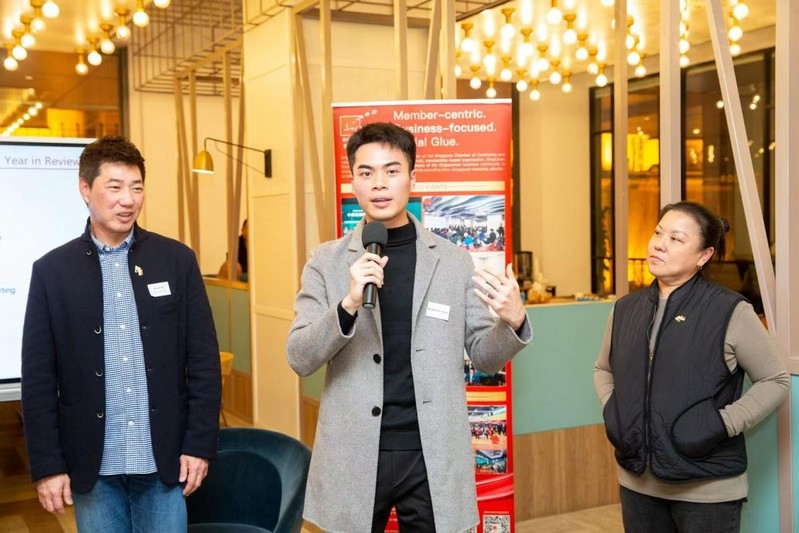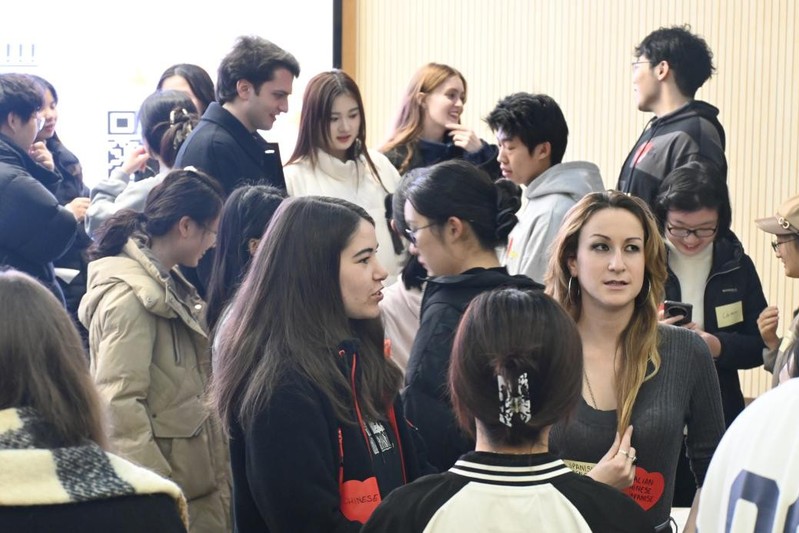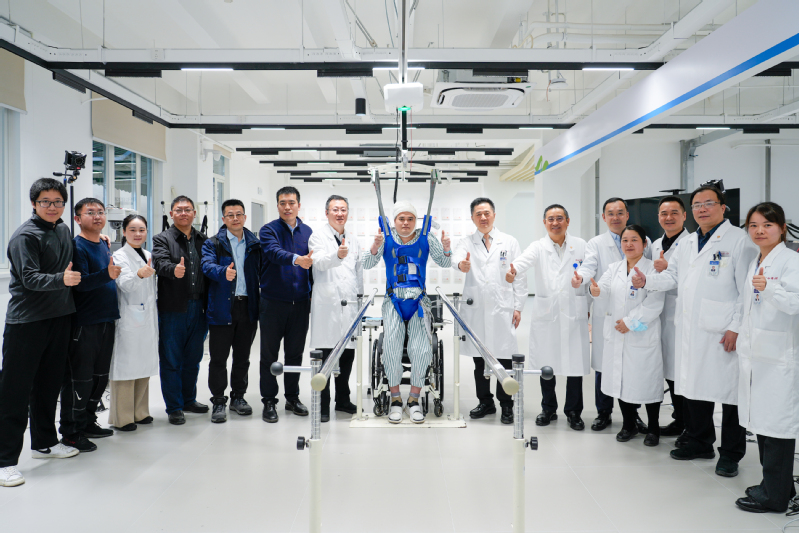Your package will be delivered by xxx robot. Please come and get it in 5 minutes, said an adorable and smart robot who brings you the steaming takeaway you’ve ordered... such a scene will no longer be a dream.
Recently, the third-generation intelligent delivery robot “Lan-Friend”, independently developed by the RoboWay team of Fudan University, has officially debuted at the China International Industry Fair (CIIF) 2019. It is making the vision a reality.
Consisting of eight core members, including Professor Zheng Lirong and Dr. Zhang Tianzi from the Information Science and Technology Institute of Fudan University, the RoboWay team is committed to creating a safe, efficient, orderly and controllable intelligent delivery robot. It is reported that Lan-Friend has started trials on-campus scenes since July 10, 2019. Once receiving the order from a user, the dispatching system will figure out the optimal route and commence the delivery.
This robot has a multi-sensor autonomous navigation system with high precision in modeling, recognition, and obstacle avoidance for the surrounding environment. The dispatching system can automatically switch the delivery path in the case of road congestion. It travels at the speed of 0.7-1m/s, and the maximum speed can reach 2m/s, which can be applied in scenarios such as express delivery, takeaway delivery and so on.
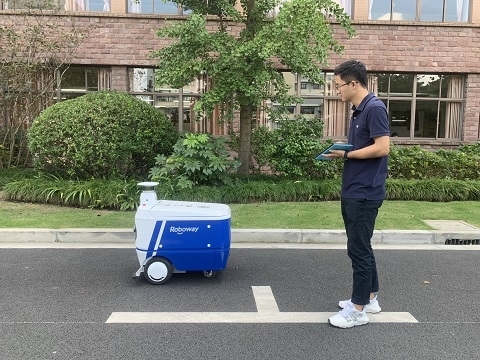
Last September, the first generation robot RoboWay R1, which realized the first delivery on campus, made its debut at the 2018 Artificial Intelligence Conference. It is the predecessor of Lan-Friend. It was a technical breakthrough nearly four months after the team launched the project in May 2018. After 16 months, the third-generation product Lan-Friend was born. Compared with the former generations, it is smaller, lighter, and optimized and upgraded in localization and mapping, dispatching and user interaction.
According to Zhang Tianzi, the team leader, the chassis and the navigation system were two tough nuts to crack. The hardware structure design alone has undergone more than 20 revisions and tests, and finally a low-cost chassis with compact structure and stable performance has been developed. This chassis was changed from a four-wheel drive to a front-wheel drive, which creatively solved the front-wheel drive’s slipping problem in a low-step (about 5 cm high) scenario at the software level.
The team has also worked hard on developing navigation systems independently. Last December, the team intended to use the IMU (Inertial Measurement Unit) and GNSS (Global Navigation Satellite System). However, the cumulative error of the odometer in large scene construction was found to substantially undermine the quality of mapping and would be difficult to eliminate. Besides, a huge performance gap exists between indoor and outdoor mapping. In order to solve this problem, the team almost replaced the entire hardware solution including the chassis and sensors. The algorithm was changed from tight coupling to loose coupling, and finally back to tight coupling, and the sensors’ poses were adjusted numerous times to ensure that navigation performance in campus scenarios would be unaffected by the pose.
This June, RLMS-3.0 was born as a low-cost localization and navigation system that is stable, reliable, and integrated with hardware and software. Compared to the previous two generations, its advantage is that it no longer relies on IMU, GNSS, or millimeter-wave radar. By virtue of the development and application of RLMS-3.0, the hardware cost of Lan-Friend has been reduced to one-sixth of that of RoboWay R1.
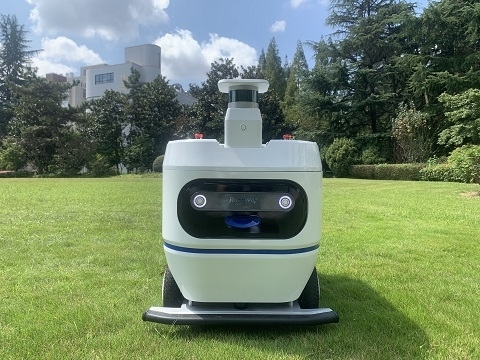
“The future prosperity of this field is worth looking forward to.” Dr. Zhang is optimistic and firm on the prospect of unmanned delivery. He believes it is the general trend and the future, and with the rise of labor costs, the traditional manpower delivery will not be able to meet the growing demand for logistics, while the large-scale use of intelligent delivery robots will assist the traditional mode of motorbike + courier to achieve human-machine collaboration. Furthermore, the robot can be equipped with insulation and fresh-keeping equipment to provide a strong guarantee for food and privacy.
Although the wide commercial use of intelligent delivery robots may take five years or more, the R&D of the RoboWay team is already at the forefront of the industry. With the support of Fudan University, RoboWay will continue to tackle problems in the following three aspects: positioning, perception and path planning, laying a solid foundation for the large-scale application of intelligent delivery robots, and contributing to the industry development.


